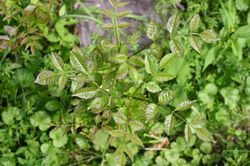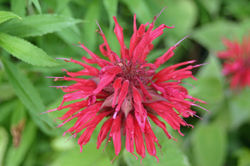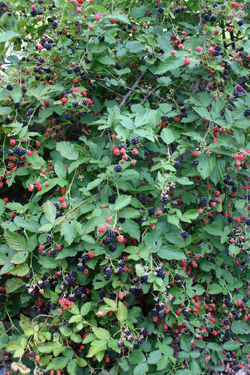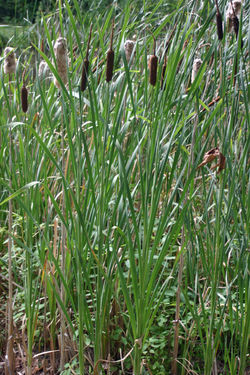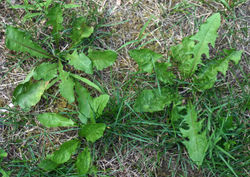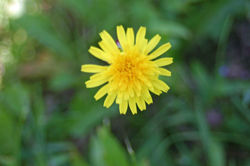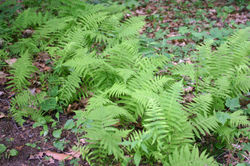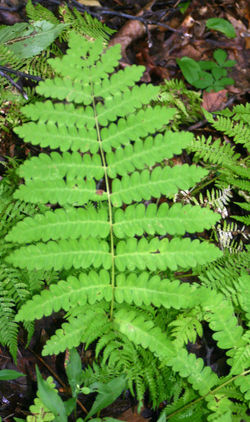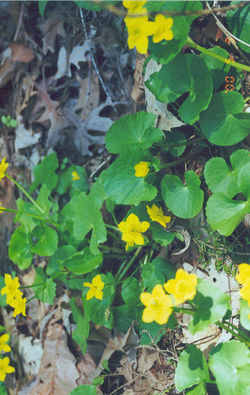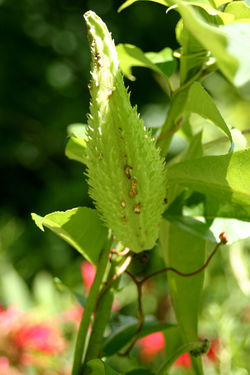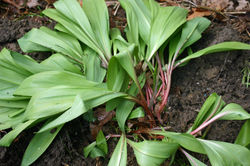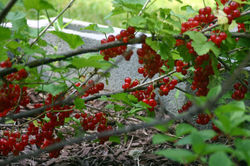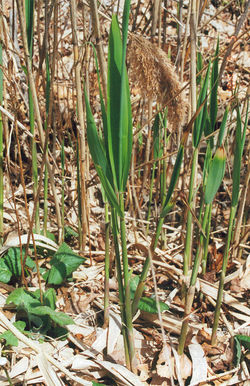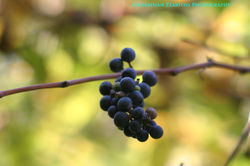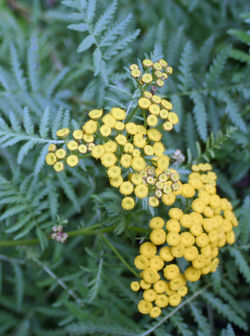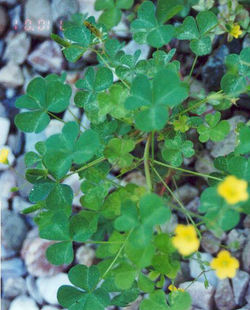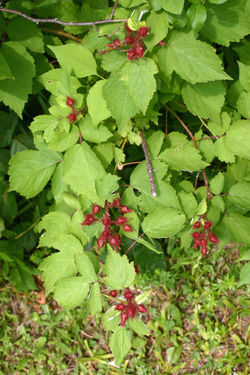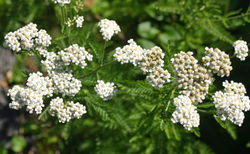
The Plants
Plant Gallery
Welcome to the gallery of plants. If you click on any plant image you will be taken to a slide show where there will be more information about the species and individuals.
References Used on this Page
Angier, Bradford. Field Guide to Edible Wild Plants. Mechanicsburg: Stackpole, 1974.
Bartholomew, Chanda S., and Kenneth V. Yeargan. “Phenology of Milkweed (Asclepiadaceae) Growth and Monarch (Lepidoptera: Nymphalidae) Reproduction in Kentucky and Ovipositional Preference between Common and Honeyvine Milkweed.” Journal of the Kansas Entomological Society 74, no. 4 (2001): 211–20.
“Cynanchum Laeve - Honeyvine -- Discover Life,” accessed August 5, 2016, http://www.discoverlife.org/20/q?search=Cynanchum+laeve.
Elias, Thomas S., and Peter A. Dykeman. Edible Wild Plants: A North American Field Guide. New York: Sterling, 1990.
Hawke, Richard. “A Comparative Study of Joe-Pye Weeds (Eutrochium Spp.) and Their Relatives.” Plant Evaluation Notes/Chicago Botanic Garden, no. 37 (2014). https://A Comparative Study of Joe-Pye Weeds (Eutrochium spp.) and Their Relatives.
Little, Elbert L. National Audubon Field Guide to North American Trees: Eastern Region. New York: Borzoi/Chanticleer-Alfred A. Knopf, 1980.
Martin, Alexander C. Weeds. New York: Golden-Western, 1987.
“Monarchs Prefer This Inconvenient Vine in My Yard | Wild Ones – St. Louis Chapter,” accessed August 5, 2016, http://stlwildones.org/monarchs-prefer-this-inconvenient-vine-in-my-yard/.
“Monroe County Soil and Water Conservation District,” accessed August 1, 2016, http://monroecountyswcd.org/Pages/Wildflowers.html.
“NYIS.” (New York Invasive Species). Accessed August 3, 2016. http://www.nyis.info/index.php.
Peterson, Lee Allen. A Field Guide to Edible Wild Plants: Eastern and Central North America. Boston: Peterson Field Guide Series-Houghton Mifflin, 1977.
Petrides, George A. . A Field Guide to Eastern Trees: Eastern United States and Canada. Boston: Peterson Field Guide Series-Houghton Mifflin, 1988.
———. A Field Guide to Trees and Shrubs. Boston: Peterson Field Guide Series-Houghton Mifflin, 1986.
“Ohio Weedguide,” accessed August 6, 2016, http://www.oardc.ohio-state.edu/weedguide/single_weed.php?id=71.
“Plant Invaders of Mid-Atlantic Natural Areas.” Accessed August 4, 2016. https://www.nps.gov/plants/alien/pubs/midatlantic/.
Rhoads, Anne Fowler, and William McKinley Klein, Jr. The Vascular Flora of Pennsylvania: Annotated Checklist and Atlas. Philadelphia: American Philosophical Society, 1993.
Sampson, Arthur W. Native American Forage Plants. New York: Wiley, 1924.
“Sedges « AQUAPLANT.” Accessed August 3, 2016. http://aquaplant.tamu.edu/plant-identification/alphabetical-index/sedges/.
“Stonehill College Field Guide,” accessed July 25, 2016, http://education.stonehill.edu/fieldguide/Index.htm.
“Types of Cattails,” accessed August 3, 2016, http://www.cattails.info/Types_of_cattail.html.
“US Wildflower’s Database of Yellow Wildflowers for New York.” Accessed August 6, 2016. https://uswildflowers.com/wfquery.php?State=NY&Color=Yellow.
Watts, May Theilgaard. Tree Finder: A Manual for the Identification of Tress by Their Leaves. 2nd ed. Birmingham, AL: Nature Study Guild, 1998.
Wessels, Tom. Forest Forensics: A Field Guide to Reading the Forested Landscape. Woodstock VT: The Countryman Press, 2010.
———. Reading the Forested Landscape: A Natural History of New England. Woodstock, VT: The Countryman Press, 1997.
Wojtech, Michael. Bark: A Field Guide to Trees of the Northeast. Lebanon, NH: University Press of New England, 2011.
Yeargan, Kenneth V., and Cora M. Allard. “Comparison of Common Milkweed and Honeyvine Milkweed (Asclepiadaceae) as Host Plants for Monarch Larvae (Lepidoptera: Nymphalidae).” Journal of the Kansas Entomological Society 78, no. 3 (2005): 247–51.

